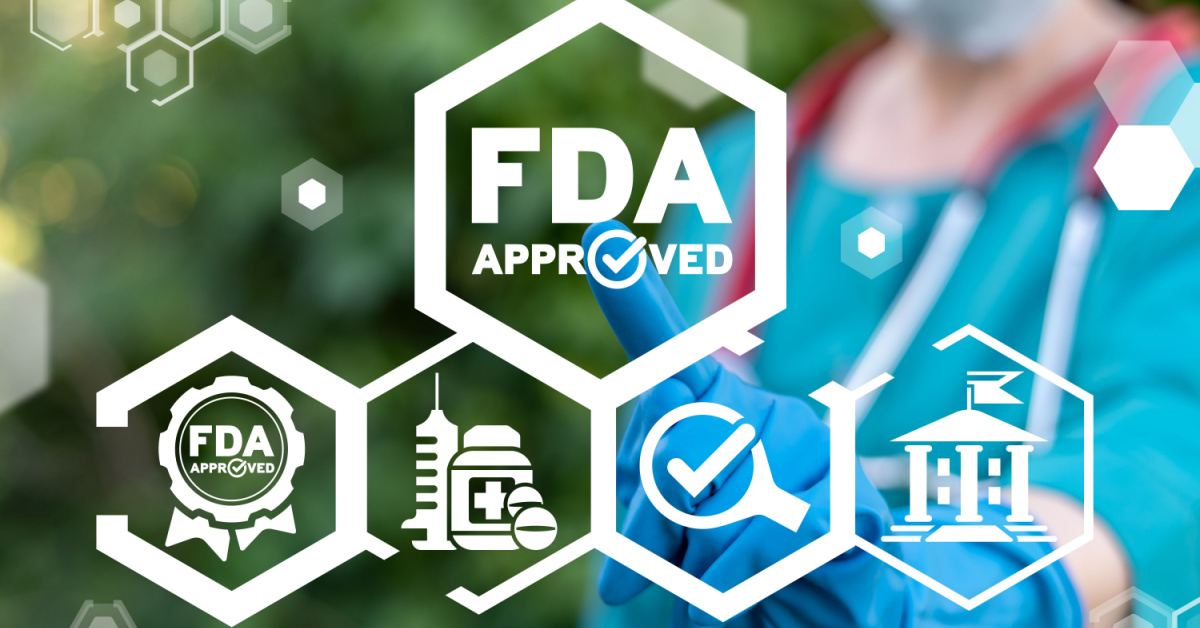On September 26, the U.S. Food and Drug Administration (FDA) made headlines by approving Bristol Myers Squibb’s (NYSE: BMY) Cobenfy (formerly known as KarXT), marking the first new type of schizophrenia treatment for schizophrenia in decades. Cobenfy is the first new medicine for psychosis that does not act on dopamine, offering a novel approach to managing schizophrenia symptoms, which could lead to improved outcomes for patients who have long struggled with limited treatment options.
Cobenfy: A Novel Approach to Schizophrenia Treatment
Cobenfy is a twice-daily oral medication designed specifically for adults with schizophrenia. This drug is unique in that, unlike traditional antipsychotic medications, which target dopamine receptors, Cobenfy works by activating muscarinic acetylcholine receptors (M1 and M4) in the brain. These receptors play a critical role in regulating various brain functions, including cognition, mood, and perception, all of which can be severely impaired in people with schizophrenia. Furthermore, Cobenfy does not carry the dreaded “black box” warning related to increased mortality in elderly patients experiencing dementia-related psychosis—a significant advantage over existing treatments.
Visible Alpha consensus estimates project Cobenfy to generate approximately $12.2 million in revenue for 2024, with revenue expectations soaring to $191 million by 2025. Analysts are bullish, forecasting peak global sales could reach $4.9 billion by 2034. However, Cobenfy does face challenges, including a high anticipated cost of around $20,000 per year and a twice-daily dosing schedule, which may affect patient adherence and overall market adoption.
Next Generation Schizophrenia Pipeline: AbbVie and Neurocrine Biosciences
Following Cobenfy, AbbVie (NYSE: ABBV) is positioning itself with Emraclidine, which it acquired from Cerevel Therapeutics for $8.7 billion last year. Like Cobenfy, this drug is also focused on muscarinic receptors, showing promise in controlling schizophrenia symptoms without the severe side effects associated with conventional antipsychotics. Furthermore, Emraclidine’s once-daily dosing offers a potential advantage in patient adherence compared to Cobenfy’s dosage. According to Visible Alpha consensus, Emraclidine is projected to generate $65 million in risk-adjusted revenue in 2026, contingent on successful regulatory approval. Analysts peg the probability of success (POS) for Emraclidine at 63.6%.
In the race for next-generation schizophrenia treatments, Neurocrine Biosciences (NASDAQ: NBIX) is also in the mix with NBI-1117568, a muscarinic agonist currently in Phase 2 trials. This drug, developed in collaboration with Nxera Pharma (TSE: 4565), may further disrupt the market if it successfully demonstrates efficacy and safety. The consensus probability of success (POS) for FDA approval of NBI-1117568 currently stands at 32.5%.
While AbbVie and Neurocrine are advancing their mid-stage candidates targeting the muscarinic pathway, Cobenfy benefits from a first-mover advantage, being at least 2-3 years ahead in the development timeline. This head start could be crucial in establishing market share as the landscape evolves.




